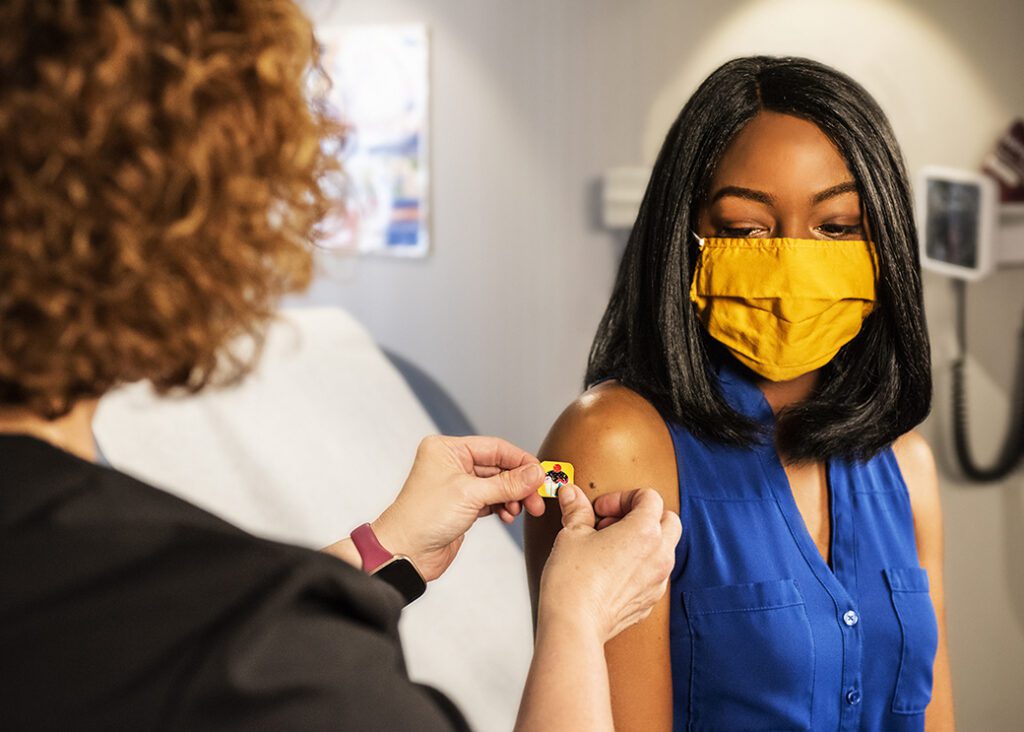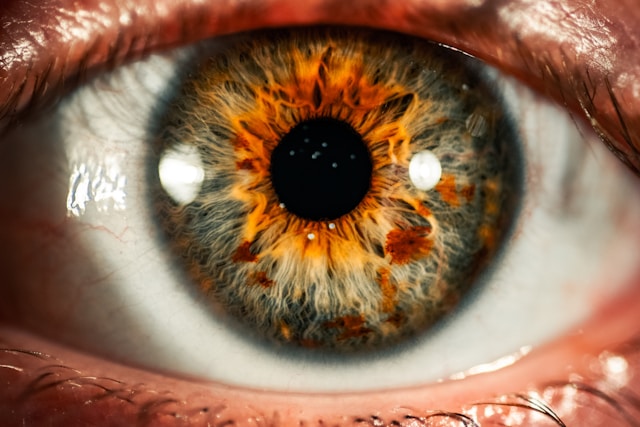As we get ready for World Immunization Week, we celebrate the rapid and successful development of COVID-19 vaccines—but are also reminded of the difficulties of getting people vaccinated, for COVID and many other diseases.
World Immunization Week, organized by the World Health Organization (WHO) and taking place April 24-30, is intended to raise awareness and promote the importance of vaccines and their use against preventable diseases. With the theme of Long Life for All, the week puts a focus on worldwide protection from vaccine-preventable diseases for people across the globe.
Vaccine success stories include the eradication of smallpox, celebrated by the WHO, and the major reduction of rubella, which could be the next candidate for eradication, according to a report.
Of course, the most recent high-profile vaccine successes are those used against COVID-19. Though they cannot completely prevent infection, especially from new variants of the coronavirus, these vaccines have dramatically reduced hospitalizations. A recently released modeling study found that U.S. COVID-19 vaccination efforts prevented an additional 2.05 million deaths and 17 million hospitalizations through March 2022.
Meanwhile, the mRNA technology that made the rapid development of some of the COVID-19 vaccines possible is being investigated as a new way to fight other viruses, including HIV.
COVID-19 puts routine immunizations on hold
But with the COVID vaccines, and others, challenges include vaccine hesitancy, explored in a podcast from the Biotechnology Innovation Organization (BIO), as well as the difficulty of distributing vaccines all around the globe. The COVID-19 pandemic has exacerbated the problem, creating major obstacles to routine vaccination of children, with immunization being either delayed or canceled altogether.
According to a study in the Lancet, “30 million children missed doses of the diphtheria-tetanus-pertussis (DTP3) vaccine, and 27.2 million missed doses of the measles vaccine (MCV1)” from January-December 2020.
Another report, published by the Centers for Disease Control (CDC) in June 2021, found that routine childhood immunization doses dropped substantially in the first half of 2020. The report warned that the “lag in catch-up vaccination might pose a serious public health threat that would result in vaccine-preventable disease outbreaks.”
Immunization Agenda 2030
The WHO and other bodies are working to improve the global pace of vaccination.
As part of the 2030 Sustainable Development Goals, the World Health Assembly, the body that directs the WHO, published its Immunization Agenda 2030 (IA2030), in April 2020. The agenda is a global vaccine and immunization strategy “to leave no one behind” during 2021-2030.
“Immunization is a success story for global health and development, saving millions of lives every year. Between 2010 and 2018, 23 million deaths were averted with measles vaccine alone,” says the Immunization Agenda’s latest report. “Nevertheless, important challenges remain. The benefits of immunization are unevenly shared: coverage varies widely among and within countries. Some populations—often the poorest, the most marginalized and the most vulnerable, in fragile, conflict-torn settings—have poor access to immunization services.”
IA2030 highlights vaccines as an important element contributing to people’s fundamental right to enjoy “the highest attainable physical and mental health and also as an investment in the future, creating a healthier, safer, more prosperous world for all.”
According to the agenda, “IA2030 envisions a world where everyone, everywhere, at every age, fully benefits from vaccines to improve health and well-being.”
Good news for HPV vaccines
The effort to improve one type of vaccine, against the Human Papillomavirus (HPV), recently got a shot in the arm when the WHO Strategic Advisory Group of Experts on Immunization (SAGE), announced in April that one dose of HPV vaccine is enough to provide strong protection against the HPV virus. This means that the supply of HPV vaccines can go twice as far as before, when two doses were recommended.
Thanks to the vaccine, cervical cancer rates are falling in the United States. Now, 90% of women affected appear to be living in low- and middle-income countries, the WHO said.
“This single-dose recommendation has the potential to take us faster to our goal of having 90% of girls vaccinated by the age of 15 by 2030,” said WHO Assistant Director-General Dr Princess Nothemba (Nono) Simelela. “I firmly believe the elimination of cervical cancer is possible.”
If smallpox can be eradicated, and rubella can be closed to wiped out, why not HPV too?
“More than 20 life-threatening diseases can now be prevented by immunization,” according to the Immunization Agenda report. It seems possible to imagine many of these diseases, as well as new ones for which vaccines are developed, being wiped out.




